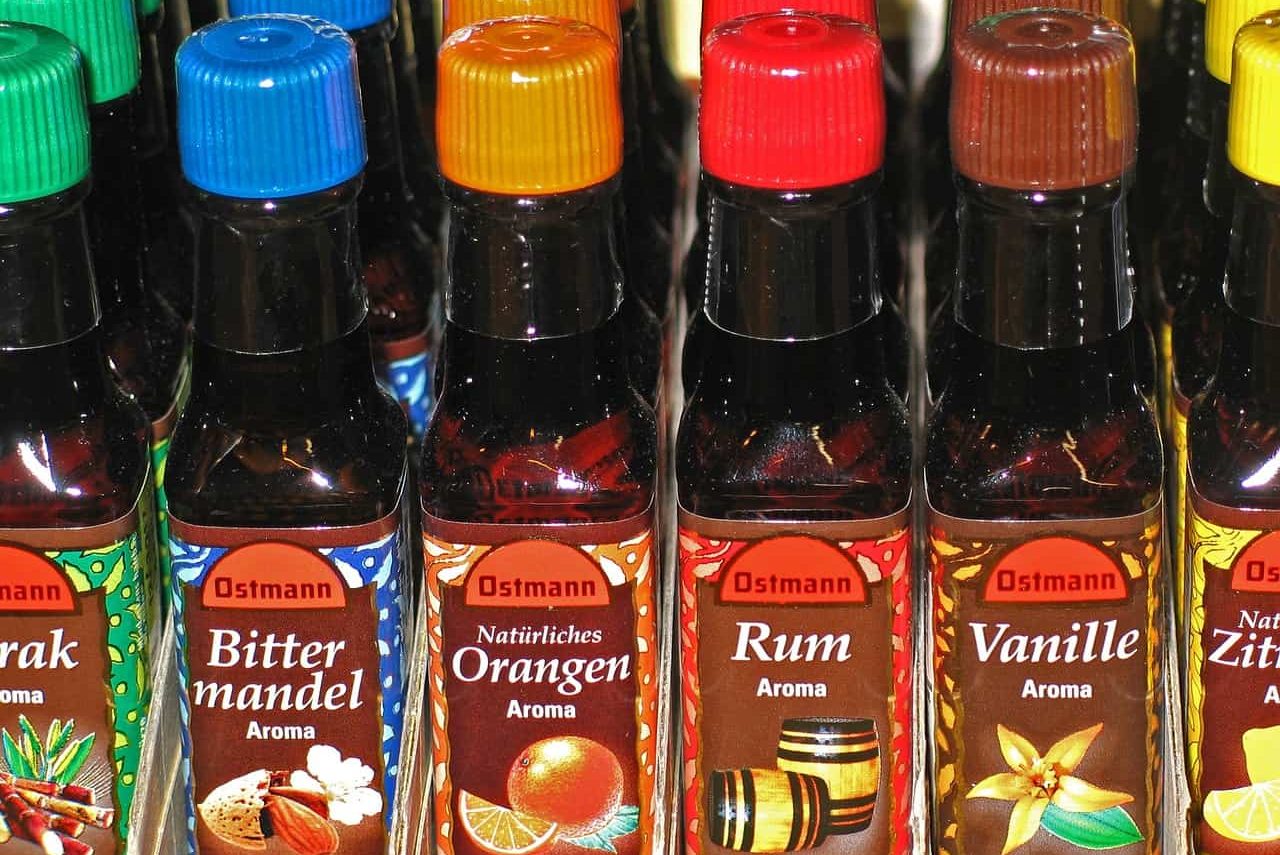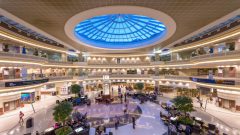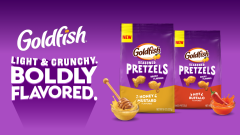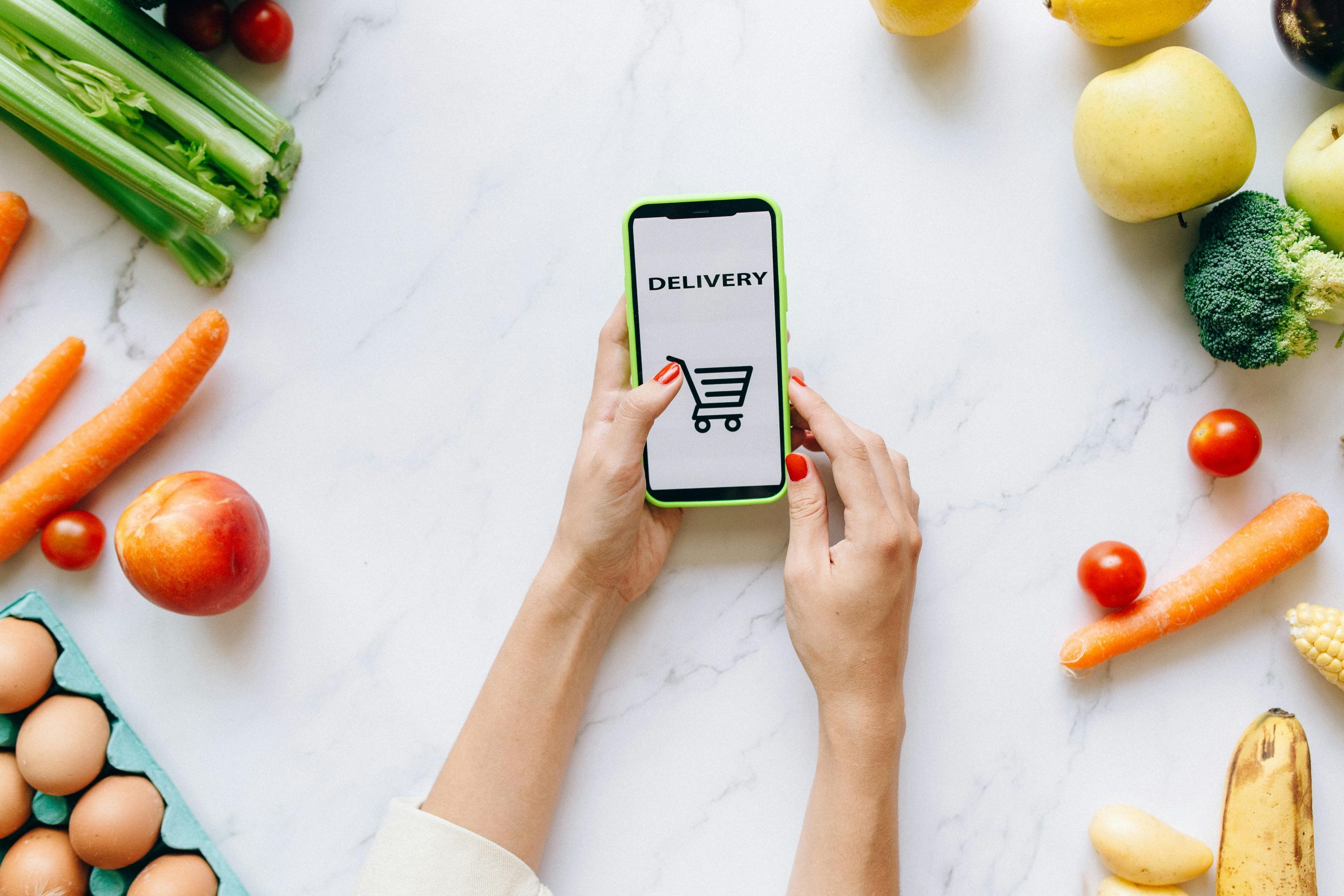This Is What’s Really Inside Your Natural, Artificial And Organic Food Flavors

Fun fact for you guys: Natural food flavors can still have artificial ingredients inside them. Crazy, right?

I mean, how much do we really understand what goes into flavors, anyway? All we see is whether they’re natural or artificial on the ingredient label. What we don’t realize is that a single “flavor” ingredient is actually more like ten or fifteen — all used to deliver and boost the product’s taste. The only reason we’re not seeing these on our ingredient labels is because the law doesn’t require it.
Even for me, a food scientist, that feels kind of shady. For those who are looking for that transparency, though, here’s what’s required of some of the most common flavor classifications you’ll see on food products.
What Compounds Are Approved?
When making a flavor, scientists will piece together a bunch of different aroma compounds to form a single, desired fragrance. Those compounds have to be approved by the USDA, who in turn relies on industry experts from the Flavors and Extracts Manufacturing Association to tell them what chemicals get the green light. There’s currently about 2,000 total ingredients on FEMA’s list, which is regarded as one of the most credible on the planet.
Natural Flavor
To be frank, how the food industry deals with the word “natural” can be kinda sketchy, since there’s no legal definition of what a “natural” food is. At least we have a definition for flavors, though.
According to the Code of Federal Regulations, any extract, oil, or other essence of a natural food, plant, or bacteria can be classified as a natural flavor. All of the different aroma compounds inside have to come from those. If any artificial flavors are used as well, the labeling has to change to “Natural and Artificial Flavors” in the ingredients list. So while LaCroix can throw “natural flavor” on their label, Hawaiian Punch has to mark that they have both.
Remember how I said that artificial stuff can still legally be in natural food flavors, though? The solvent the natural aromas are dissolved into, plus any stabilizers, emulsifiers, preservatives, or weighting agents, can be synthetic. So if you see “natural flavor” on the ingredient label, that may not be the same “natural” you’re expecting it to be.
Artificial Flavor

Photo: Mike Mozart // Flickr
If the flavors inside are 100% synthetic, you’ll see this on both the front and back of the food package. Jell-O’s artificially flavored vanilla pudding, for example, says “artificial flavor vanilla” on the front and “artificial flavor” on the back. The only time this changes is for something like Hawaiian Punch. That name doesn’t really evoke a specific fragrance, so they don’t have to label anything on the front. The back will still say “artificial flavor,” though, so at least you know whether its aroma components are natural or not.
With Other Natural Flavors

Photo: Mike Mozart // Flickr
When it comes to the front of a food label, stating the type of natural flavor becomes a bit trickier than what’s on the back. If an actual food ingredient, like vanilla beans, is providing the aroma, you can just say its name. Breyers gets to do that since their ice cream is just flavored using a natural vanilla, for example.
It’s uncommon, though, for the compounds in natural flavor to come from a single source. Often times, a single flavor will get its parts from ten or fifteen different natural sources, and has to be marked as such. This is the case with some varieties of Hint Water, so you’ll see “with other natural flavors” on the front of a bottle.
Organic And Organic-Compliant Flavors

Just like organic foods, the flavors that go into them also come with a host of requirements. Flavors do not have to be certified organic, however, and the industry tends to not make them. Your organic foods, as a result, tend to not have have certified organic aromas inside.
How does the industry get away with this, you ask? At a bare minimum, only 95% of the components of a food have to be certified organic to get the USDA Organic label. Flavors almost never exceed 5% of the formulation, so they can be organic-compliant instead and be fine.
Organic-compliant flavors, though, do come with a set of additional requirements. The components that provide aroma and color must be natural and cannot be altered in any way. Natural solvents that don’t use petroleum are the only ones allowed, and no GMOs or irradiation (a form of mild, benign radiation that can sterilize food) can be used in the product. Additional preservatives, emulsifiers, and weighing agents must also all be natural. Finally, no sewer sludge can be used to make these flavors, because apparently, that was a problem in the past. Yikes.
Hopefully, with all of the above information, you can be more conscious about the products you choose to purchase based on what goes into them not just from an ingredient standpoint, but in terms of flavor type as well.






















